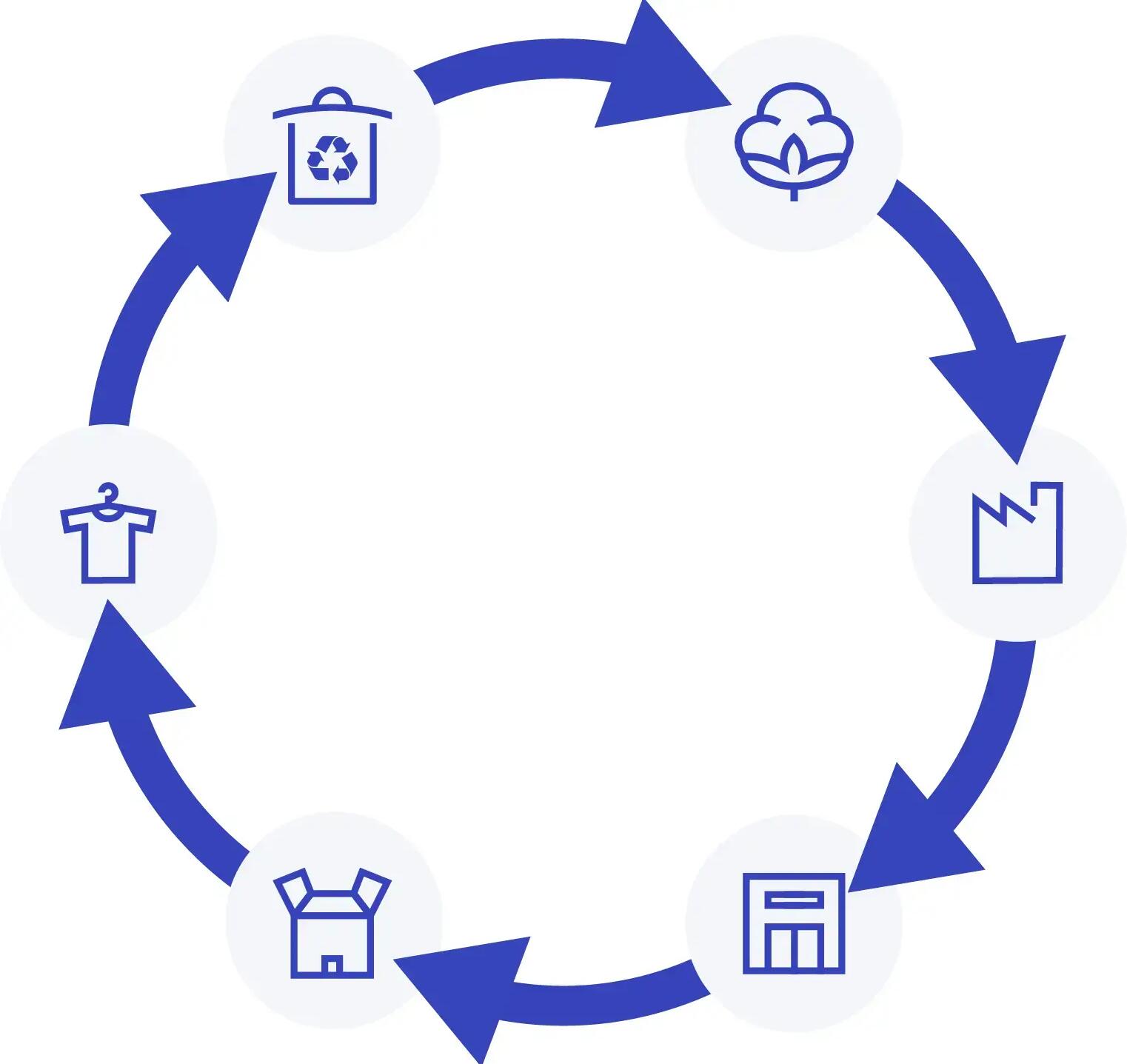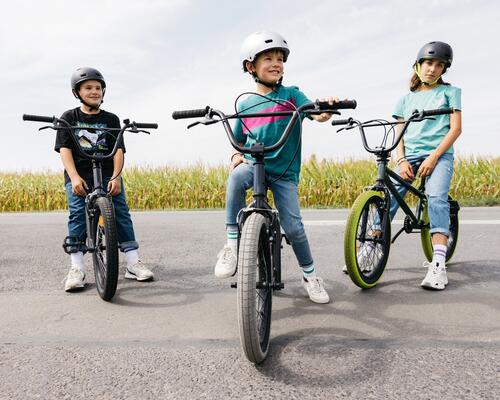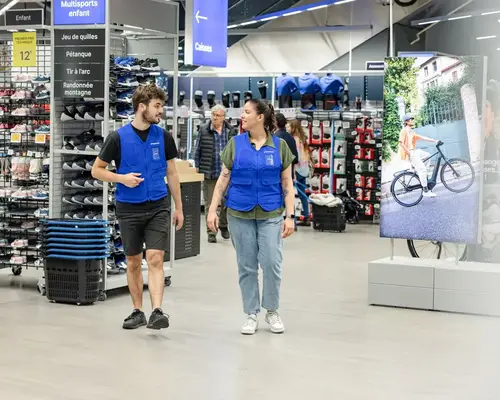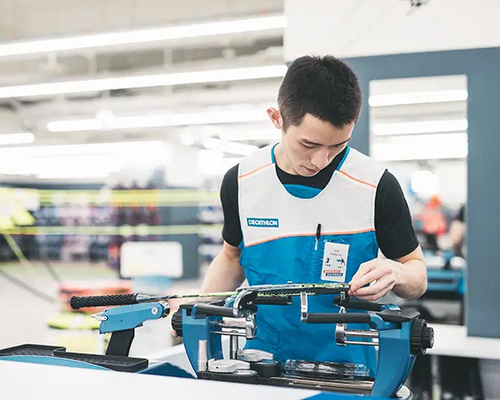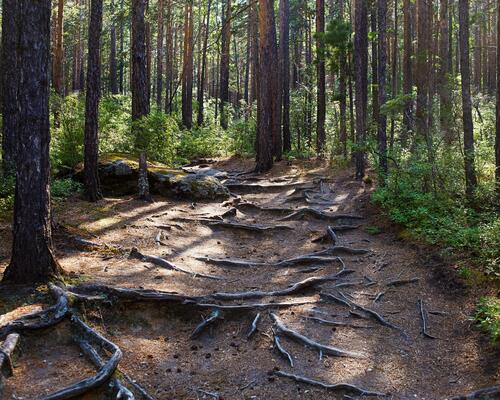What is the circular economy, and how is it different to the traditional economy?
The circular economy is an economic model designed to extend the lifespan of the same product as many times as possible, in contrast with the traditional linear economy.
The linear model's approach is based on the standard "extract → manufacture → consume → throw away" diagram, which subsequently involves consuming vast amounts of natural resources and producing waste at the end of the product's life cycle.
The circular model involves
- eco-design (designing products to make them longer lasting and are repairable or recyclable),
- reuse and repair(encouraging reuse and servicing products to prevent throwing them on the scrapheap),
- recycling (transforming the materials at end-of-life into new resources),
- sharing and product-service system (promoting product hire and second-hand).

